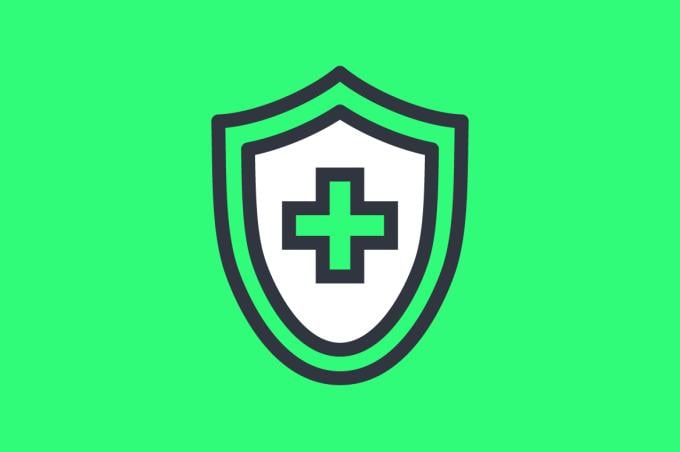Hypertension is a significant risk factor associated with adverse health outcomes such as heart disease, stroke, vision problems, cognitive decline, sexual dysfunction, pregnancy complications and kidney disease. And a major contributor to hypertension is an unhealthy diet, with excessive sodium intake being identified as the leading dietary risk factor for poor cardiovascular health and increased mortality.
“In 2022, more than 850,000 people died from heart disease and stroke (combined), the first and fifth leading causes of mortality in the U.S., respectively,” says a report introduced by the AMA Council on Science and Public Health at the 2024 AMA Interim Meeting in Lake Buena Vista, Florida.
Yet “while death rates from cardiovascular disease have generally declined since the mid-20th century, mortality rates among Black populations have remained persistently high in comparison with all other racial and ethnic groups,” the report says. “Black Americans have a 30% higher risk of fatal stroke, 50% higher risk of cardiovascular mortality, and more than four times higher risk of end-stage renal disease.”
Hispanic and Indigenous populations also have high prevalence of uncontrolled blood pressure. Health disparities among minoritized populations can be attributed to social drivers of health, such as poor access to consistent health care, low health literacy, lower socioeconomic status, neighborhood and environment stability, reduced access to healthy food and the historical context and current state of structural racism. Despite the myriad social drivers of health inequities, poor diet with high sodium consumption is still the leading dietary risk factor for hypertension.
“More than 20 years of research on dietary sodium and health outcomes show that reducing population level sodium intake can have beneficial public health outcomes and save billions of dollars in health care costs,” said AMA Trustee Lynn Jeffers, MD, MBA. “With scientific evidence linking excessive sodium intake and heart disease, we continue to advocate for policies that help Americans reduce the amount of sodium in their diets—an important strategy for reducing hypertension and improving public health.”
One teaspoon of salt is equal to 2,300 mg of sodium, which is the recommended dietary reference limit developed by the National Academy of Medicine. Yet more than 90% of people in the U.S. exceed the recommended limits across almost all age groups with more than 70% of sodium intake coming from packaged food and food prepared away from home, including restaurants and food service operations.
Reduce dietary sodium
One of several important strategies to reduce hypertension and improve public health is to address dietary sodium. This can be accomplished by voluntary targets to reduce sodium in processed foods and other food prepared outside of the home, which has been successful both nationally and globally. The Food and Drug Administration (FDA) finalized initial voluntary sodium reduction in 2021 and based on initial data of its success, has proposed updating their guidance to further reduce their targets.
To that end, the AMA House of Delegates modified existing policy to:
- Call for a stepwise, minimum 50% reduction in sodium in processed foods, fast-food products and restaurant meals to be achieved over the next decade.
- Urge the FDA to publish future editions of their voluntary targets expeditiously to make further progress on sodium reduction.
- Assist in achieving the Healthy People 2030 goal for sodium consumption by working with the FDA, the National Heart Lung Blood Institute, the Centers for Disease Control and Prevention, the American Heart Association, Academy of Nutrition and Dietetics, and other interested partners to educate consumers about the benefits of reductions in sodium intake and other dietary approaches to reduce hypertension.
- Support the continuing education of physicians and other members of the health care team on counseling patients on lifestyle modification strategies to manage blood pressure, advocating for culturally relevant dietary models that reduce sodium intake.
- Recommend that the FDA consider all options to promote reductions in the sodium content of processed foods.
- Support further study and evaluation of national salt-reduction programs to determine the viability, industry engagement and health and economic benefits of such programs.
With the newly adopted policy, the AMA also will back federal, state and local efforts to:
- Set robust targets for reducing sodium levels in school meals, meals in health care facilities and other meals provided by daily meal providers.
- Reduce sodium levels in products from food manufacturers and restaurants to the greatest extent possible without increasing levels of other unhealthy ingredients, such as added sugars or artificial ingredients.
- Require front-of-package warning labels for foods that are high in sodium based on the established recommended daily value.
- Regulate advertising of foods and products high in sodium, especially advertising targeted to children.
The House of Delegates’ actions build on the AMA’s long-standing policy on sodium reduction and aligns with the AMA’s strategic work to significantly reduce the number of American adults living with uncontrolled high blood pressure—which without intervention can lead to heart attack, stroke, disability and death.
Take steps to improve BP control
Another key way to reduce hypertension rates is to ensure patients have the tools they need to properly measure their blood pressure. But there has long been no easy way to know which of the hundreds of BP devices available have been tested for accuracy compared to the gold standard. In turn, it is difficult to trust readings if the device’s accuracy is unknown. That uncertainty may lead to hesitation in diagnosing and treating hypertension.
That is where the newly revamped US Blood Pressure Validated Device Listing (VDL™) can help. The VDL can be used to find blood pressure measurement devices that have been validated for clinical accuracy and are available in the U.S. In 2020, 16 BP measurement devices met the requirements to be listed as clinically accurate after the testing data was submitted by their manufacturers for review.
Now that number has grown to 102 and includes home and in-office upper arm devices, wrist cuff devices, community kiosks and 24-hour ambulatory monitors. Discover why a validated device listing is important for BP control.
Read about the other highlights from the 2024 AMA Interim Meeting.




